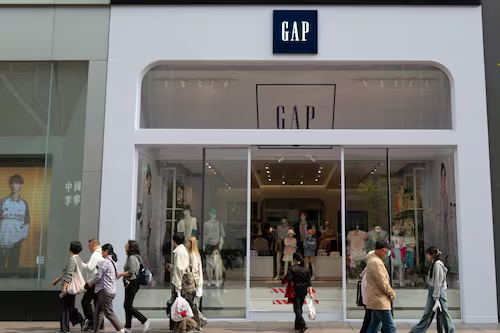The fashion industry is a dynamic and The Business of Fashion multifaceted sector that spans from haute couture to fast fashion. It encompasses a wide range of activities including design, production, distribution, marketing, and retail. The Business of Fashion (BoF) plays a critical role in the global economy, influencing trends, lifestyles, and even cultural movements. As the industry evolves, it faces various challenges and opportunities driven by technological advancements, sustainability concerns, and shifting consumer behaviors.
Market Segmentation
The fashion market is segmented into various categories:
- Luxury Fashion: High-end, premium brands such as Chanel, Gucci, and Louis Vuitton dominate this segment. These brands are known for their craftsmanship, exclusivity, and strong brand heritage.
- Fast Fashion: Companies like Zara, H&M, and Uniqlo focus on quickly translating runway trends into affordable clothing. Speed and agility in design and production are key to this segment.
- Sportswear and Athleisure: Brands like Nike, Adidas, and Lululemon lead this growing market segment, catering to the increasing demand for fashionable, functional, and comfortable activewear.
- Sustainable Fashion: This segment is driven by ethical considerations, with brands like Patagonia and Stella McCartney prioritizing eco-friendly materials and fair labor practices.

Key Players and Business Models
- Designers and Brands: The creative force behind the industry, designers create collections that set trends and drive consumer demand. Brands can be independent or part of larger fashion houses.
- Retailers: Both brick-and-mortar stores and online platforms play crucial roles in reaching consumers. E-commerce giants like ASOS and Farfetch are transforming how fashion is bought and sold.
- Manufacturers: Responsible for producing the garments, manufacturers must balance quality, cost, and speed. Outsourcing to countries with lower labor costs is common.
- Marketing and PR Agencies: These entities manage brand image and visibility through advertising, social media, fashion shows, and celebrity endorsements.
Technological Impact
Technology is revolutionizing the fashion industry in several ways:
- E-commerce and Digital Platforms: Online shopping has expanded market reach and provided consumers with unparalleled convenience. Technologies like virtual fitting rooms and AI-driven recommendations enhance the online shopping experience.
- Supply Chain Innovations: Advanced logistics, real-time inventory management, and blockchain for transparency are streamlining operations and reducing costs.The Business of Fashion
- Design and Production: 3D printing, AI-assisted design tools, and automated manufacturing processes are reducing time-to-market and enabling more personalized fashion.
Sustainability and Ethical Practices
Sustainability is a significant concern within the fashion industry. The environmental impact of fast fashion, including waste and pollution, has led to a push for more sustainable practices:
- Eco-Friendly Materials: Use of organic cotton, recycled fabrics, and biodegradable materials is on the rise.
- Circular Fashion: Concepts like clothing rental, resale, and recycling are gaining traction to reduce waste.
- Fair Labor Practices: Ensuring fair wages and safe working conditions for garment workers is becoming a priority, driven by both consumer demand and regulatory pressure.

Consumer Behavior and Trends
Today’s consumers are more informed and conscientious. Key trends include:
- Personalization: Customized products and personalized shopping experiences are highly valued.
- Omnichannel Shopping: Seamless integration between online and offline shopping channels is expected.
- Transparency: Consumers demand transparency regarding the origin, production processes, and environmental impact of their purchases.
Challenges and Opportunities
The fashion industry faces several challenges, including:
- Overproduction and Waste: Managing inventory to avoid excess production is critical.
- Counterfeiting: Protecting intellectual property and combating counterfeit goods remains a significant issue.
- Market Saturation: The constant influx of new brands and products makes differentiation difficult.
However, opportunities abound:
